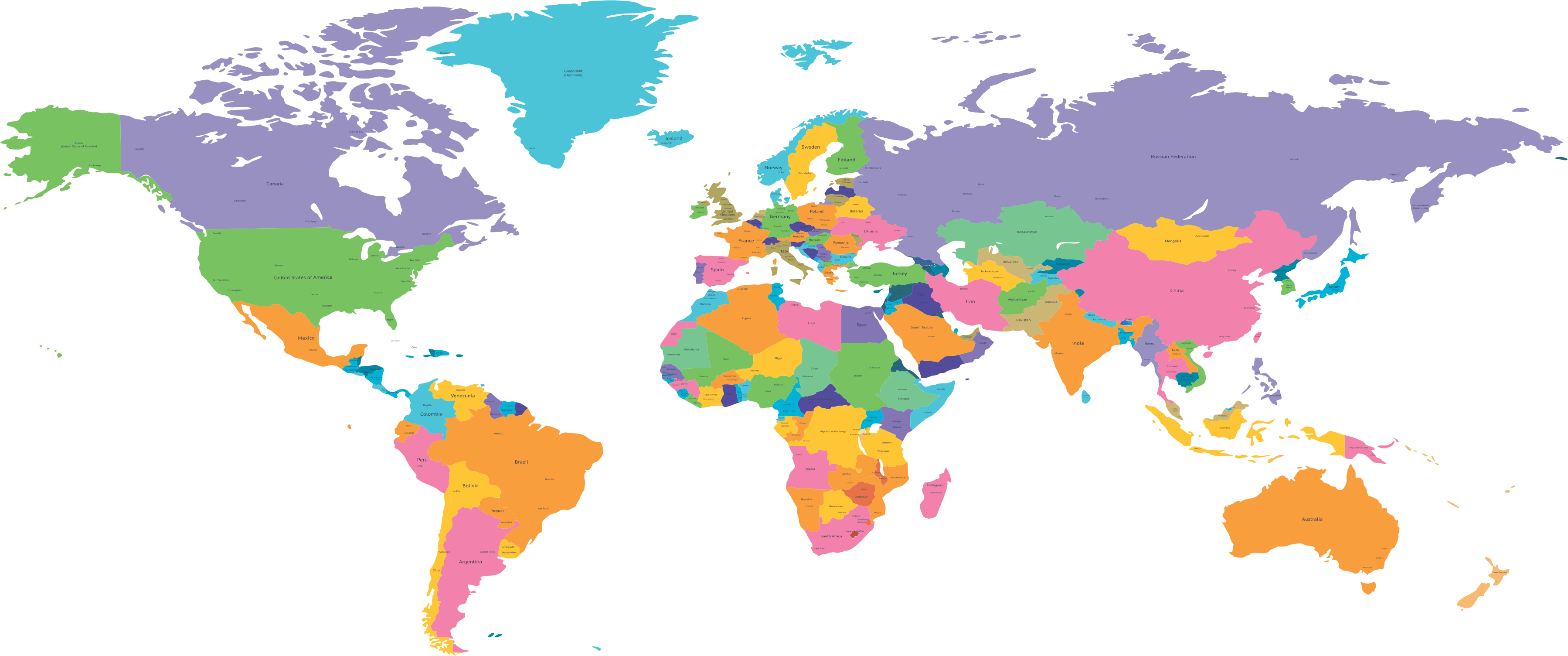Reflective Practices and Their Effect on the Critical Thinking of Prospective Teachers
DOI:
https://doi.org/10.55737/rl.2025.41080Keywords:
Critical Thinking, Reflective Practices, Prospective TeachersAbstract
The aim of the present study was to investigate the reflective practices and their effect on the critical thinking of prospective teachers. The study was experimental in nature, and a single-subject research design was used to conduct the experiment. The researcher used an A-B-A withdrawal design of single-subject research designs to examine the effect of the independent variable on the dependent variable. Participants of the study were comprised of all BS (Hons) students from the Department of Education, University of Lahore. The sample of the study comprised 2nd-semester students of BS (Hons). The University of Lahore, through the purposive sampling technique. There are 08 students in BS (Hons), and they all participate in this experimental study. The instructions were implemented in the classroom, and at the end of each week, the researcher administered a test based on the content covered over the past two weeks. Performance tests were developed to measure students' higher-order thinking skills. A one-way repeated measures ANOVA was used to determine the significant difference among the collected data before, during and after treatment, with illustration of visual analysis. Findings of the study revealed a significant effect of reflective practices on critical thinking among prospective teachers during the treatment and withdrawal phase. It is recommended to integrate reflective practice tasks into practicum evaluations, such as teaching journals, critical incident reports, and post-lesson reflections, to help prospective teachers regularly assess and improve their methods.
References
Aliakbari, M., & Sadeghdaghighi, A. (2013). Teachers’ perception of the barriers to critical thinking. Procedia - Social and Behavioural Sciences, 70, 1–5. https://doi.org/10.1016/j.sbspro.2013.01.030
Amulya, J. (2003). What is reflective practice? Center for Reflective Community Practice, MIT.
Atherton, J. S. (2018). Learning and teaching: Reflective practice. http://www.learningandteaching.info/learning/reflecti.htm
Bailey, K. M., Curtis, A., & Nunan, D. (2001). Pursuing professional development: The self as source. Heinle & Heinle.
Bogdanovich, P. (2014, July 14). The Importance of Checking for Understanding. Dataworks Educational Research. https://dataworks-ed.com/blog/2014/07/the-importance-of-checking-for-understanding/.
Boud, D., Keogh, R., & Walker, D. (1985). Reflection: Turning experience into learning. Kogan Page.
Boulton, H., & Hramiak, A. (2012). E-flection: the development of reflective communities of learning for trainee teachers through the use of shared online web logs. Reflective Practice, 13(4), 503–515. https://doi.org/10.1080/14623943.2012.670619
Bughio, F. A. (2013). Improving English language teaching in large classes at university level in Pakistan (Doctoral dissertation, University of Sussex).
Cottrell, S. (2017). Critical thinking skills: Effective analysis, argument and reflection (3rd ed.). Palgrave.
Derya, S. (2008). Crossover of work-family conflict: Antecedent and consequences of crossover process in dual-earner couples (Doctoral dissertation, Koç University).
Dewey, J. (1933). How we think: A restatement of the relation of reflective thinking to the educative process. D.C. Heath.
Dewey, J. (1938). Experience and education. Macmillan.
Dixie, G. (2009). The trainee secondary teacher’s handbook. London: Continuum.
Drago, W. A., & Wagner, R. J. (2004). Learning styles of management students and their implications. Journal of College Teaching & Learning, 1(3), 1–10. https://doi.org/10.1108/01409170410784211
Ennis, R. H. (2011). The nature of critical thinking: An outline of critical thinking dispositions and abilities. University of Illinois.
Eryaman, M. Y. (2007). From reflective practice to practical wisdom: Toward a post-foundational teacher education. International Journal of Progressive Education, 3(1), 87–107.
Facione, P. A. (1990). Critical thinking: A statement of expert consensus for purposes of educational assessment and instruction. American Philosophical Association.
Farrell, T. S. C. (2001). Tailoring reflective practice to individual needs: A TESOL case study. Journal of Education for Teaching, 27(1), 23–38. https://doi.org/10.1080/02607470120042528
Fisher, R. (2011). Teaching thinking: Philosophical enquiry in the classroom (2nd ed.). Continuum.
Gebhard, J. G. (1996). Teaching English as a foreign or second language: A teacher self-development and methodology guide. University of Michigan Press.
Ghaye, T. (2010). Teaching and learning through reflective practice: A practical guide for positive action (2nd ed.). Routledge. https://doi.org/10.4324/9780203833322
Gheith, E., & Aljaberi, N., (2018). Reflective teaching practices in teachers and their attitudes toward professional self-development. International Journal of Progressive Education, 14(3), 161–180. https://doi.org/10.29329/ijpe.2018.146.11
Grant, C. A., & Zeichner, K. M. (1984). On becoming a reflective teacher. In Preparing for reflective teaching (pp. 1–17). Teachers College Press.
Grushka, K., McLeod, J. H., & Reynolds, R. (2005). Reflecting upon reflection: theory and practice in one Australian University teacher education program. Reflective Practice, 6(2), 239–246. https://doi.org/10.1080/14623940500106187
Hajira, B, & Shamsa, A. (2012). Reflective practices and teacher educators: An exploratory study. International Journal of Social Science & Education, 3(1), 2223-493
Halpern, D. F. (2002). Thought and knowledge: An introduction to critical thinking (4th ed.). Lawrence Erlbaum Associates.
Johnson, K. E. (1999). Understanding language teaching: Reasoning in action. Cambridge University Press.
Lee, H. J. (2007). Developing a professional development program model based on teachers’ needs. The Professional Educator, 29(2), 39–49.
Lipman, M. (1987). Critical thinking: What can it be? Educational Leadership, 45(1), 38–43. https://journal.viterbo.edu/index.php/at/article/view/403
Karsenti, T., & Collin, S. (2011). The impact of online teaching videos on Canadian pre‐service teachers. Campus-Wide Information Systems, 28(3), 195–204. https://doi.org/10.1108/10650741111145724
Larrivee, B., & Cooper, J. M. (2006). An educator's guide to teacher reflection. Wadsworth Publishing.
Machost, H., & Stains, M. (2023). Reflective practices in education: A primer for practitioners. CBE Life Sciences Education, 22(2), es2. https://doi.org/10.1187/cbe.22-07-0148
Moon, J. A. (2005). A handbook of reflective and experiential learning: Theory and practice. Routledge Falmer.
Orujlu, S., & Hemmati Maslakpak, M. (2017). Assessing the relationship between critical thinking and self-efficacy of nursing student. Journal of Nursing Education, 5(6), 11-17. http://dx.doi.org/10.21859/jne-05062
Paul, R., & Elder, L. (2019). The miniature guide to critical thinking: Concepts and tools (8th ed.). Foundation for Critical Thinking.
Pauzi, P. (2024). Critical thinking in learning perspectives on educational philosophy. El-Ghiroh, 22(1), 1–17. https://doi.org/10.37092/el-ghiroh.v22i1.699
Rarieya, J. F. A. (2005). Promoting and investigating students’ uptake of reflective practice: A Pakistan case. Reflective Practice, 6(2), 285–294. https://doi.org/10.1080/14623940500106518
Rodgers, C. (2002). Defining reflection: Another look at John Dewey and reflective thinking. Teachers College Record (1970), 104(4), 842–866. https://doi.org/10.1111/1467-9620.00181
Schön, D. A. (1983). The reflective practitioner: How professionals think in action. Basic Books.
Thayer-Bacon, B. (1998). Transforming and redescribing critical thinking: Constructive thinking. Studies in Philosophy and Education, 17, 123–148. https://doi.org/10.1023/A:1005166416808
Tice, B. A. (2011). The academic law library in the 21st century: Still the heart of the law school. UC Irvine L. Rev., 1, 157.
Van Damme, D., Zahner, D., Cortellini, O., Dawber, T., & Rotholz, K. (2023). Assessing and developing critical‐thinking skills in higher education. European Journal of Education, 58(3), 369–386. https://doi.org/10.1111/ejed.12563
Yasir, A. H., & Alnoori, P. B. S. M. (2020). Teacher perceptions of critical thinking among students and its influence on higher education. International Journal of Research in Science and Technology, 10(4). https://doi.org/10.37648/ijrst.v10i04.002
Zahid, M., & Khanam, A. (2019). Effect of reflective teaching practices on the performance of prospective teachers. Turkish Online Journal of Educational Technology-TOJET, 18(1), 32-43.




